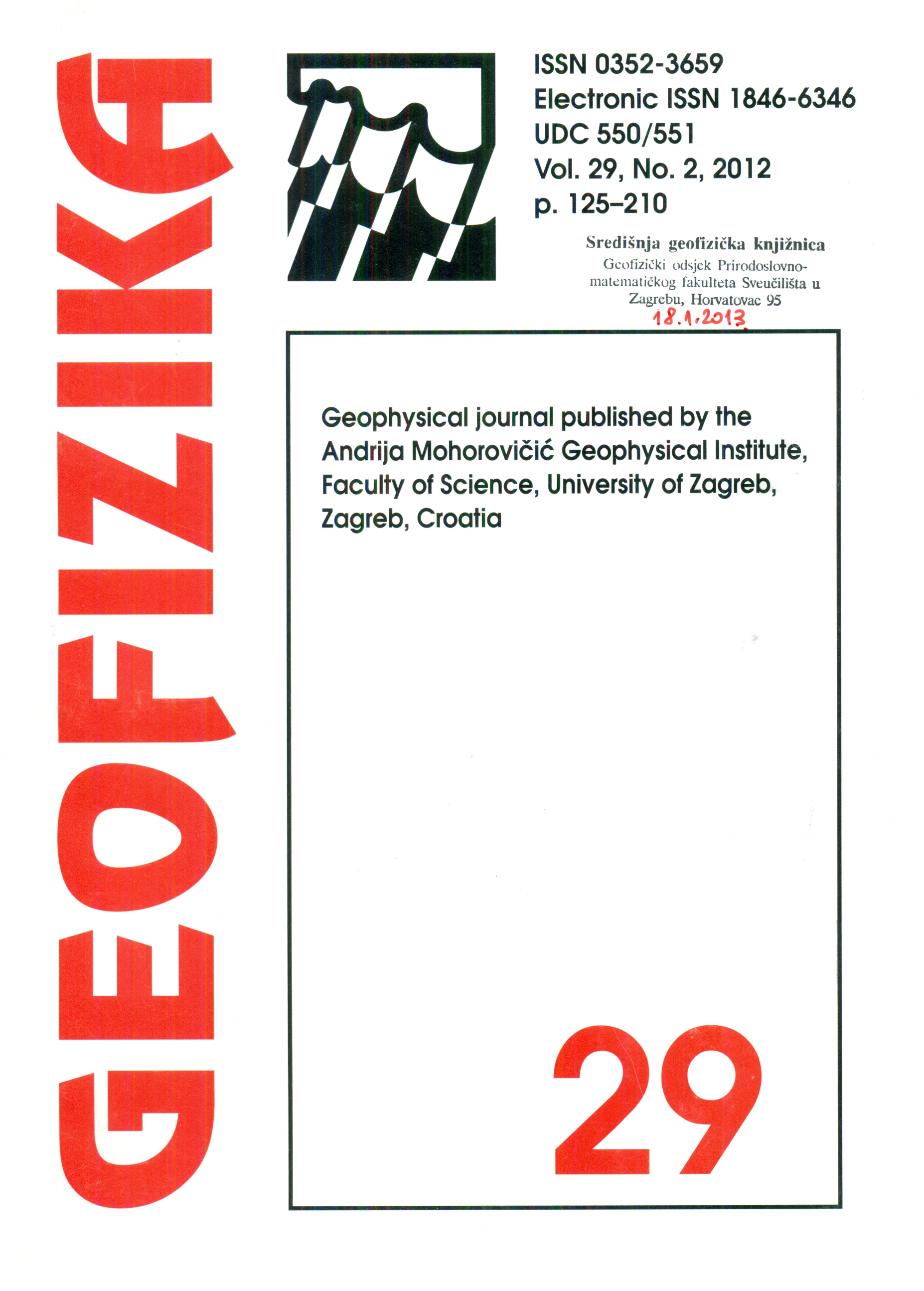Delineation of tectonic lineaments using aeromagnetic data for the south-east Cameroon area
Keywords:
Magnetic anomaly, reduction-to-the equator, first vertical derivative, pseudo-gravity, Euler deconvolutionAbstract
The subsurface structures in a part of the Congo Craton in south-eastern Cameroon, between the latitudes 2° to 3° N and longitudes 13° to 15° E, has been estimated by the interpretation of aeromagnetic data. Magnetic survey is used to delineate magnetic lineaments, analyze its relationship to the tectonic fabric and to estimate the depth of perturbing body source, probably granitic intrusion along one profile selected on the total magnetic intensity reduced to the equator (TMI-RTE) map by means of forward modelling and inversion constrained by surface geology and results from Euler deconvolution analysis method. Determination of the magnitude maxima of the first vertical derivative (FVD) of the residual field reduce to the equator allowed a map to be produced showing various aeromagnetic lineaments interpreted as the fault system of the studied area. Particularly, looking at the center of the structural map, we find that these structures are associated to long-wavelength anomalies, suggesting that its should be connected with large-scale structural deformation. The pseudo-gravity map shows the extension of the tillitic formations on the geological map. Our results confirms the morphological difference and the tectonical subdivision into two tectonic sectors corresponding to the Congo Craton in the south, Pan-African in the north and also helped identify the tectonic boundary separating them at depth.
Downloads
Published
Issue
Section
License
Copyright (c) 2021 Geofizika journal

This work is licensed under a Creative Commons Attribution-NonCommercial 4.0 International License.

